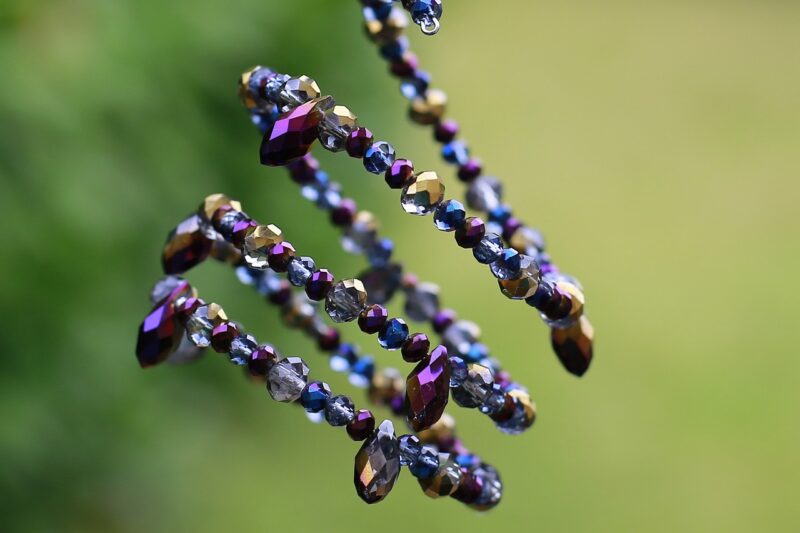How Early Humans Designed Jewelry for Both Beauty and Utility
November 17, 2024

Jewelry has been a significant aspect of human culture for thousands of years, serving not only as a means of adornment but also carrying deeper meanings tied to identity, status, and utility. Early humans crafted jewelry using natural materials, blending artistry with practicality, creating adornments that told stories and served essential functions. In this article, we will explore how early humans designed jewelry for both beauty and utility, examining the techniques, materials, and cultural implications behind their creations.
1. The Origins of Jewelry in Early Human Societies
The earliest forms of jewelry date back to the Upper Paleolithic period, around 25,000 years ago. Archaeological findings indicate that early humans utilized materials such as bones, shells, stones, and teeth to create simple adornments. The creation of jewelry marked the beginning of personal expression and individuality in prehistoric societies.
Common materials used in early jewelry included:
- Shells: Treasured for their beauty and rarity, shells were often worn as necklaces and bracelets.
- Bones and Teeth: Crafting jewelry from bone or teeth reflected connections to animals, often symbolizing survival and strength.
- Stones and Rocks: Polished stones were fashioned into beads or pendants, displaying the skills of early artisans and the desire for aesthetic shapes.
These early creations highlight not only the artistic expression of early humans but also their resourcefulness in utilizing available materials.







